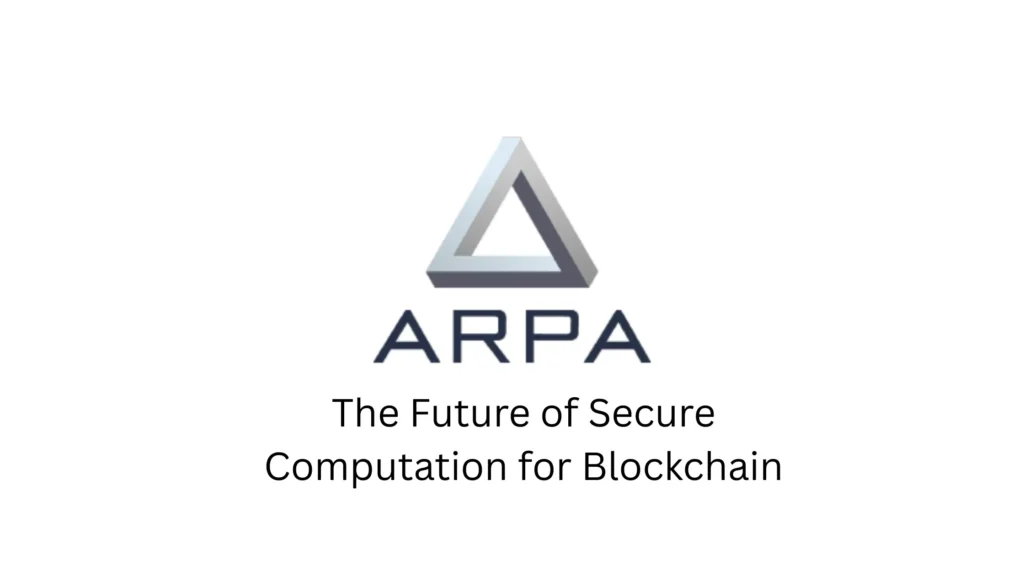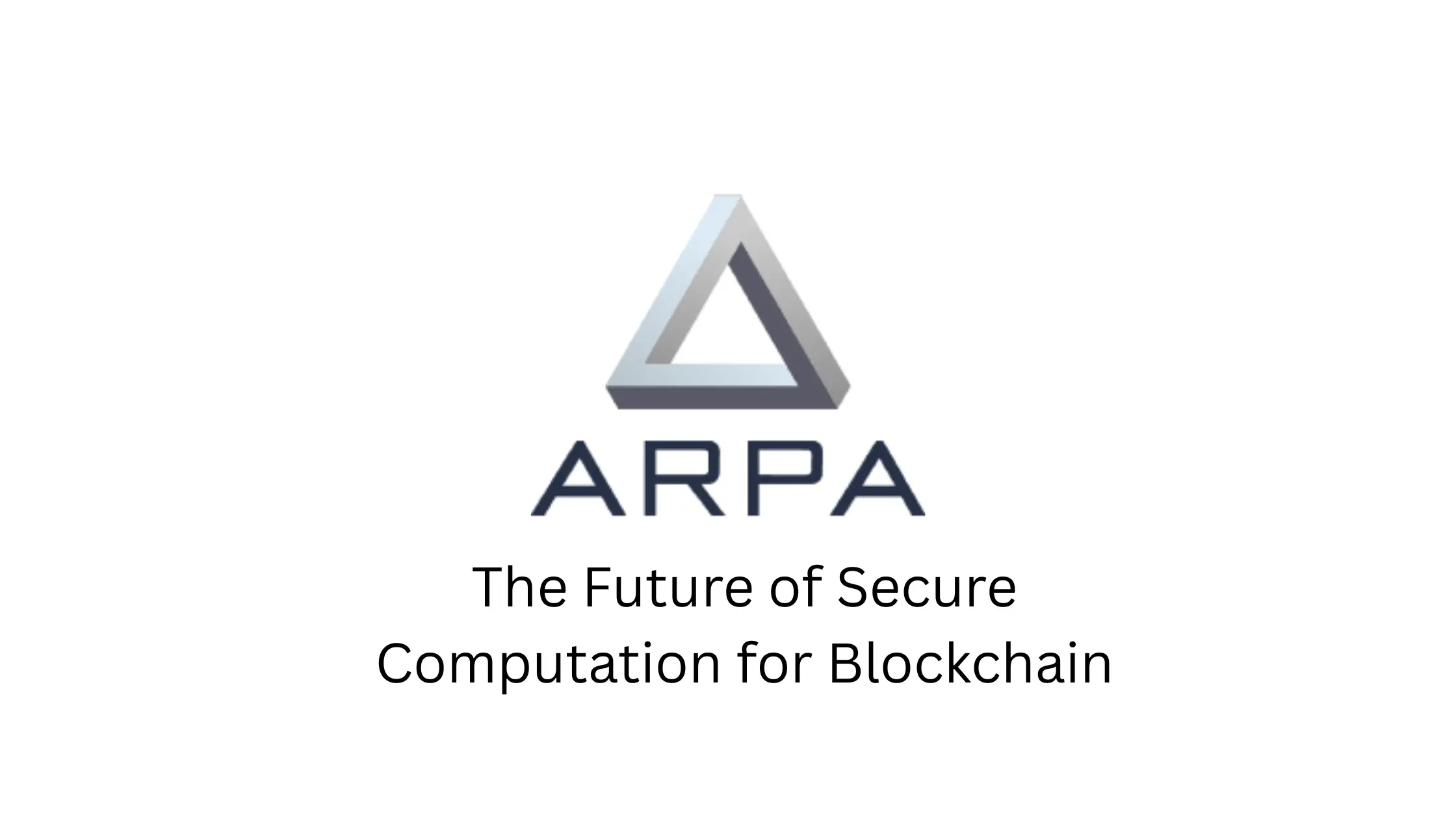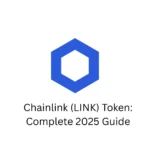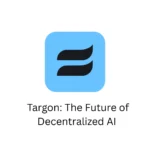Introduction
As crypto ecosystems mature, privacy, security, and decentralization are no longer optional—they’re essential. Enter ARPA Network, a permissionless Secure Multi-Party Computation (SMPC) infrastructure offering threshold cryptography services for Web3.
In this guide, we’ll break down what ARPA Network is, how it works, how to earn rewards by running a node or staking, and why ARPA’s cryptographic backbone might be the infrastructure layer that powers the next wave of secure, decentralized applications.

1. What is ARPA Network?
ARPA Network is a decentralized secure computation network designed for blockchain-adapted cryptography. It uses threshold BLS (Boneh–Lynn–Shacham) signatures to enable privacy-preserving, tamper-proof services like:
- Verifiable Random Number Generation (RNG)
- Secure Wallet Operations
- Cross-chain Bridges
- Decentralized Custody and Signature Services
ARPA isn’t a layer-1 blockchain. It’s a middleware cryptographic layer that enhances other blockchains—making them more private, more secure, and more interoperable.
2. ARPA Network Features
Here’s what sets ARPA apart from other cryptographic or privacy networks:
a. Decentralized
Anyone can run a node. No centralized authority controls the network. This prevents single points of failure and reinforces decentralization at the cryptographic level.
b. Secure
Multiple entities operate geographically distributed nodes. Plus, ARPA’s threshold signature system makes it mathematically improbable to forge or compromise outputs.
c. Flexible
ARPA’s network topology allows customizable signature policies and supports different use cases, from randomness generation to custody solutions.
d. Verifiable
Every signature is verifiable on-chain. ARPA also provides public keys for open access verification outside the network.
e. Always-On Infrastructure
Thanks to asynchronous, non-interactive communication, ARPA is always live, highly responsive, and optimized for parallel computation and high throughput.
f. Blockchain-Agnostic
ARPA is compatible with multiple blockchains and is already integrated with Ethereum, BNB Chain, and expanding further—making it one of the most interoperable secure computation solutions.
3. How ARPA Works (Under the Hood)
At its core, ARPA uses Threshold Signature Schemes (TSS) with BLS cryptography. Here’s a simplified breakdown:
- Nodes join into groups
- Each group is assigned cryptographic tasks (like generating randomness)
- Nodes jointly compute a result (signature or RNG output)
- The output is verified on-chain
- Nodes are rewarded if their response is correct and timely
- Misbehavior = slashing or removal
The result? An always-available cryptographic service network that can be used by DApps, protocols, bridges, wallets, and any blockchain product needing secure, verifiable computation.
4. Products & Use Cases
a. Randcast – Verifiable Randomness as a Service
ARPA’s flagship product. Randcast delivers tamper-proof, on-chain verifiable random numbers, critical for:
- On-chain gaming
- NFT drops
- Lottery systems
- Fair protocol governance (e.g., DAO committee selections)
It’s like Chainlink VRF—but powered by threshold cryptography and built for multi-chain compatibility.
b. Secure Wallet Signatures
Use ARPA’s TSS to enable multi-party wallets where no single user holds the private key. This supports enterprise custody, DAO treasuries, and non-custodial finance.
c. Cross-Chain Bridges
Secure signature aggregation and message verification for cross-chain communication. ARPA helps bridges sign and verify actions securely and publicly.
d. DAO Voting & Governance
Secure off-chain voting and verifiable result aggregation, reducing gas fees while maintaining integrity.
5. Running a Node on ARPA Network
Anyone can run a node on ARPA Network, but it’s not plug-and-play—this is a cryptographic infrastructure layer.
Types of Participation:
- Native Staking: Stake ARPA tokens directly to join the network
- EigenLayer Integration: Restake ETH via EigenLayer to become a whitelisted node operator
Each node becomes part of a cryptographic group responsible for TSS tasks and earns rewards based on performance.
6. Node Rewards Explained
ARPA incentivizes honest node operators through four primary reward types:
a. Randomness Submission Reward
Earn 1 ARPA every time your node submits a valid randomness output.
b. BLS-TSS Task Reward
Earn 1 ARPA for every successful threshold signature computation.
c. DKG (Distributed Key Generation) Post-Process Reward
Earn 60 ARPA each time your node completes the DKG task during group formation.
d. Community Staking Delegation Reward
Earn 5% of the total monthly staking rewards (up to 75,000 ARPA/month) distributed evenly among delegated nodes. Only claimable upon exit.
These incentives ensure the network remains responsive, decentralized, and cryptographically sound.
7. ARPA Token Utility
ARPA is the native token used for:
- Staking and Node Operation
- Reward Distribution
- Governance Voting (future)
- Collateral for Threshold Tasks
- Slashing for Misbehavior
It’s both a work token and a governance tool—designed to secure the network and decentralize power.
8. ARPA Roadmap
ARPA is consistently delivering on its roadmap. Highlights include:
- ✅ Threshold BLS Network launched
- ✅ Randcast on Ethereum Mainnet
- ✅ Native staking live
- 🔜 Eigenlayer ETH restaking integration
- 🔜 Expansion to L2s (Arbitrum, Base, etc.)
- 🔜 ZK-proof + MPC research initiatives
- 🔜 DAO governance and community grants
With ongoing dev support and a growing user base, ARPA’s roadmap shows strong promise through 2025 and beyond.
9. Real Earnings: How Much Can You Make?
It depends on your role:
| Role | Potential Earnings | Notes |
|---|---|---|
| Node Operator | Up to 3–10 ARPA/day + staking rewards | Depends on task volume and uptime |
| Delegator | Variable APY | Based on stake size and duration |
| Developer | Grants and bounties | Paid for building on ARPA |
This isn’t a 1000% DeFi yield farm—it’s sustainable cryptographic infrastructure income. Reliable and long-term.
10. Risks of Using ARPA Network
a. Technical Complexity
Running a node requires setup, security, and uptime management.
b. Token Volatility
ARPA price may fluctuate, affecting reward value.
c. Slashing
Misconfigured or inactive nodes may be penalized.
d. Adoption Curve
Widespread usage depends on integration into apps, wallets, and dApps. Growth is steady, but not yet mainstream.
11. FAQs
Q1: What is ARPA Network used for?
Secure, verifiable cryptographic services—like randomness generation, cross-chain message signing, and secure wallet operations.
Q2: Can I earn from ARPA without running a node?
Yes, you can stake tokens via native staking or delegate to a validator and earn a share of rewards.
Q3: Is ARPA multi-chain?
Yes. It currently supports Ethereum and BNB Chain, with plans to expand to L2s and other chains.
Q4: What is Randcast?
ARPA’s verifiable randomness service, used for gaming, NFT drops, lotteries, and more.
Q5: Is ARPA open-source?
Yes. Their GitHub repositories are public and well-documented.
12. Final Verdict: Is ARPA Worth It?
ARPA is not another hype coin. It’s core infrastructure—quietly enabling some of the most critical cryptographic services in Web3.
If you believe in a future where apps are decentralized, secure, and verifiable—ARPA might be the middleware layer that makes it happen.
Whether you’re a developer, validator, or crypto builder, ARPA offers tools to earn sustainably, build securely, and decentralize meaningfully. The next evolution of Web3 privacy is already here—and it’s permissionless.




